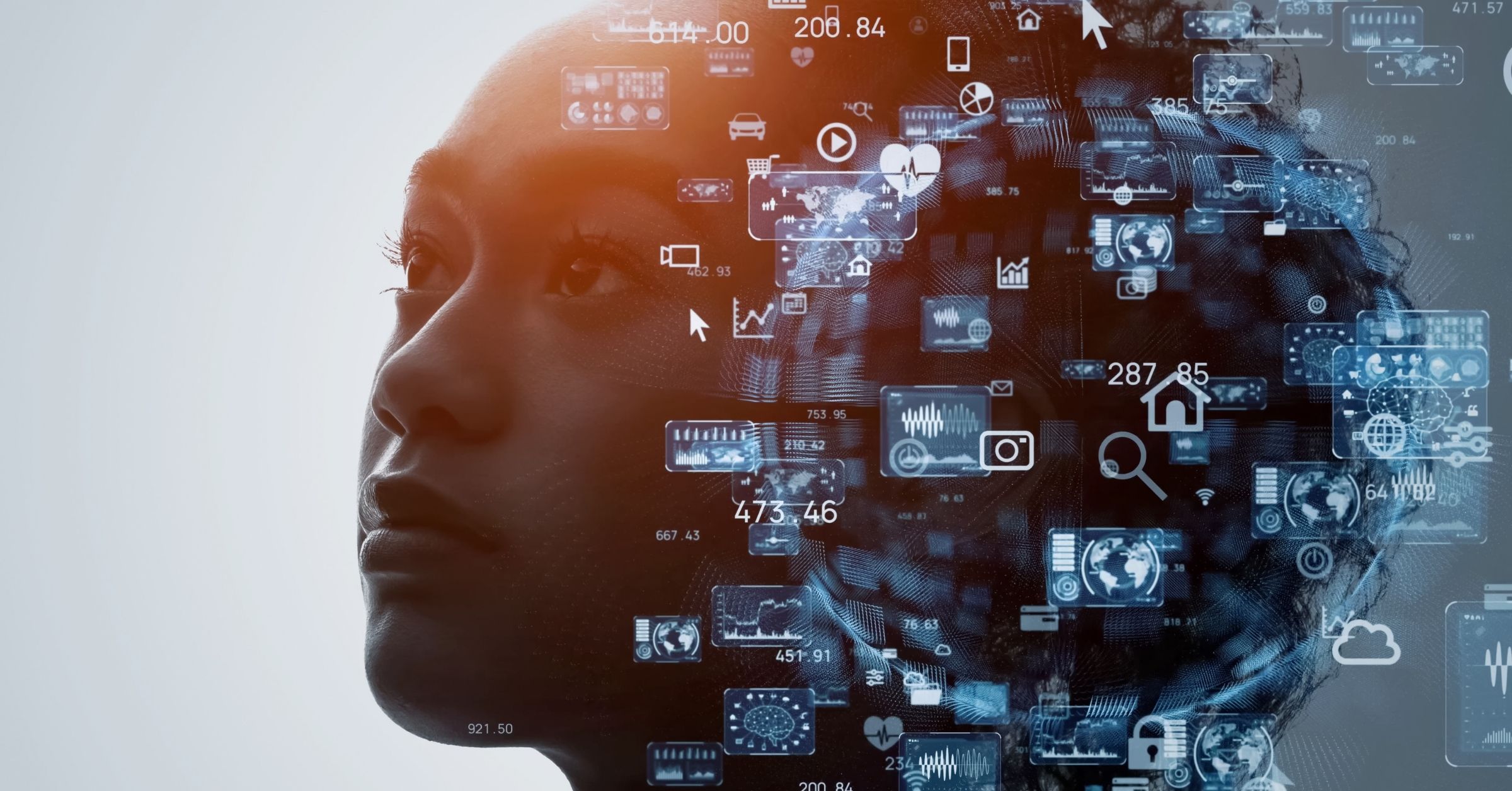Let's talk AI, education, and disability
PhD candidate, aspiring cognitive scientist, and 2024 Westpac Future Leader Brynlea Gibson chats with Adam Choong about artificial intelligence, education, and disability.
ADAM: Please tell us a bit about your past and current research work on the intersectionality between education and artificial intelligence.
BRYNLEA: In my undergraduate degree (a Bachelor of Psychological Science with Honours), I underwent two cognitive psychology courses. It is within this field that I have devoted time to researching and learning about the intricacies of learning. Additionally, growing up with both parents being educators, I have always valued the importance of education and equitable access to robust learning support systems. During my high school years, I nurtured a passion for innovative projects involving software applications and robotics. When generative AI became widely accessible in 2022, it was these life experiences that helped me discern its potential as a potent educational tool. I wanted to play a role in using it for enriching learning experiences for all individuals.
Currently, there exists limited empirical research concerning the outcomes of employing generative AI as content-specific, virtual tutors for students. I aim to contribute to this field. My ongoing research endeavors involve a comprehensive review of the known impact of non-AI virtual learning, encompassing elements such as the efficacy of human-like encouragement and criticism, information fluency, and other pertinent learning factors such as desirable difficulties and practice recall. By bringing together this knowledge, I hope to help determine how best to use AI tutors to help students learn. Applying the best teaching methods in the context of AI as a “tutor” would hopefully increase the efficacy of personalised, one-to-one tutoring that could be offered as additional learning support by generative AI. This would be extended to all students, including those with disability.
ADAM: How have you seen AI impact children’s education in your work?
BRYNLEA: Already, we are witnessing the emergence of platforms that use AI to automatically assess factors like accessibility and age-appropriate content. A good example of this is a software called “Blackboard Ally” which uses AI to assess how accessible course content is on online platforms to students with disability such as visual impairments. This suggests AI is capable of helping teachers create platforms and content more specifically catered to the needs of their students. It’s important to note that AI can help students’ learning both through direct student engagement but also by enhancing learning materials and teachers’ lesson plans and abilities.
While I haven’t worked directly with school-aged children, as a university tutor, I have collaborated with my course coordinator and supervisor, Professor Jason Tangen, to develop an AI tutor well-versed in the content of our third-year psychology course. Through weekly interactions, students engage with this AI tutor, “Coggie”, in their own time, which prompts them to demonstrate comprehension and knowledge transfer of “Judgement and Decision Making” course content. “Coggie” provides personalised feedback for each of their responses, gradually correcting or redirecting students’ understanding. Such technology could benefit students across various age groups, particularly those in high school and higher education, requiring only basic literacy skills to engage with the virtual interface. Before this, students in our course lacked similar opportunities to demonstrate comprehension and receive immediate, detailed feedback.
ADAM: What are the upsides and downsides to introducing such technology into the classroom?
BRYNLEA: I anticipate that AI tutors can serve as supplementary learning tools, complementing rather than replacing the need for social interaction and guidance from experienced teachers and lecturers. By empowering students to refine their understanding independently, AI tutors may enhance their ability to participate in classroom discussions and receive feedback from peers and educators. However, a potential downside lies in the risk of replacing human connection and instruction with AI-driven efficiency and cost-effectiveness. Despite the availability of numerous learning tools, the intrinsic motivation and guidance provided by human educators remain pivotal for deep learning. This balance of technological efficiency and human interaction and teaching should be monitored to uphold effective learning communities.
ADAM: What are the main ethical concerns that you have about the implementation of AI in classrooms?
BRYNLEA: One of the primary ethical concerns surrounding the implementation of AI in classrooms revolves around effective AI usage and access. Not all students have access to the top AI models such as ChatGPT 4 and this could serve a problem if, as AI evolves, the best software is expensive and unaffordable for many individuals. Moreover, the current efficacy of AI output heavily relies on the quality of prompts submitted, posing a risk of widening the educational gap between technologically proficient individuals and those less so. To address this, efforts should focus on developing user-friendly AI interfaces accessible to individuals of all ages and educational backgrounds. Additionally, concerns regarding the privacy of student information transmitted to online platforms need to be carefully considered. Students should be adequately informed that transcripts may be accessible to the educational institution, necessitating transparency and privacy safeguards. These concerns underscore the importance of continued research and development in this field.
ADAM: Is AI something that should be embraced by teachers or not? Why or why not?
BRYNLEA: Undoubtedly, teachers should embrace AI as a transformative tool in education. As the landscape of learning evolves, embracing AI enables educators to enhance their teaching practices and engage with evolving technologies. By leveraging AI, educators can facilitate personalised educational interactions, fostering deeper learning experiences for students. Human intelligence and AI technologies working together is an opportunity for enriched educational conversations and insights. Embracing AI empowers educators to adapt to the changing educational landscape.
DISCLAIMER: Brynlea would like to disclose that she is only beginning her research as a new PhD candidate and all her input is her personal speculation surrounding AI in education. The opinions mentioned are her own and do not represent the views of her own university (University of Queensland).
This article is an extract from CYDA’s The Platform Newsletter. Receive monthly updates by subscribing below.

The Platform is our newsletter for young people with disability, featuring interviews, opportunities and news on the issues that matter to you!


